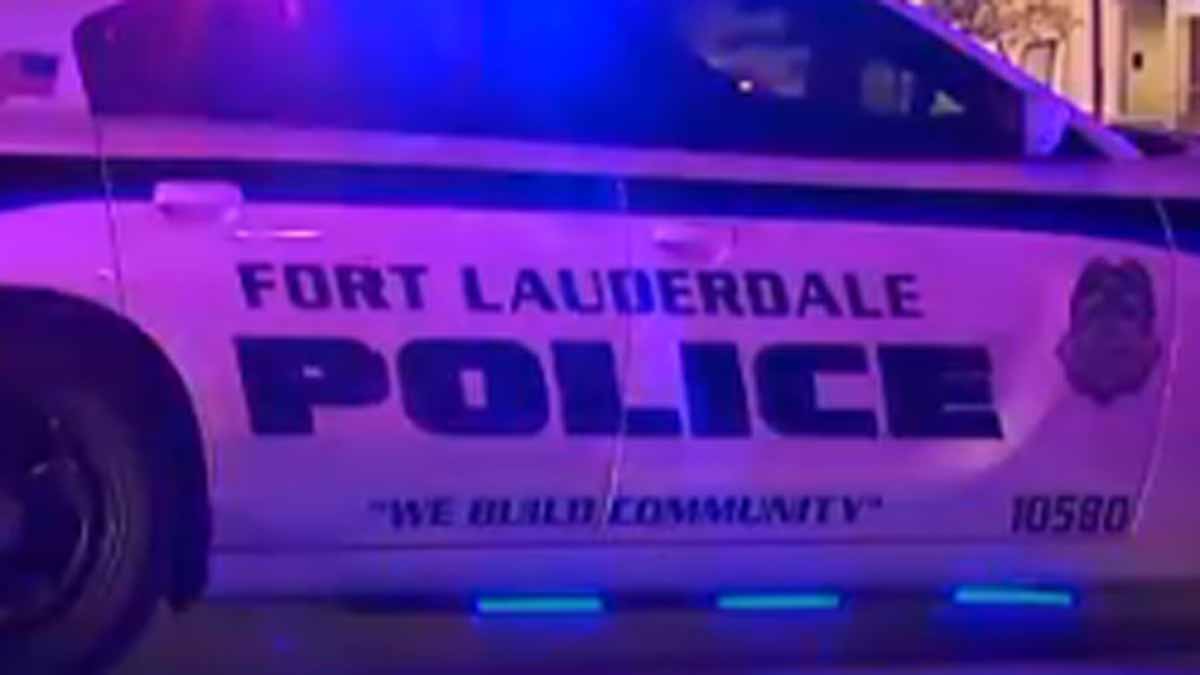Most people have received a weather alert on their phones at some point or another, but there have been times where important alerts were not received amid severe weather conditions.
Fort Lauderdale residents experienced a tornado rated EF-0 on Saturday, January 6 -- an unusual occurrence in South Florida and also the first tornado of the year in the US.
A tornado warning was issued, but some residents did not receive that alert on their devices -- even those who were close to the actual tornado.
There is a nationwide system that sends out emergency messages, but residents need to make sure they're able to receive them.
Get South Florida local news, weather forecasts and entertainment stories to your inbox. Sign up for NBC South Florida newsletters.
Where do weather alerts come from?
People across the US often received Wireless Emergency Alerts (WEA) when severe weather or other emergencies are happening nearby.
WEA's are emergency messages sent by authorized government alerting authorities through your mobile carrier.
Local
What do the messages look like?
WEA will look like a text message that will typically show the type and time of the alert, any action you should take, and the agency issuing the alert.
The length and language of the message received on a particular device will be dependent on the wireless network and the language setting of the device.
Messages will be up to 360 characters on 4G LTE networks and beyond. WEA message length will be a maximum of 90 characters on 3G and earlier networks.
What types of alerts will the NWS send?
The National Weather Service will send warnings for tsunamis, tornados, severe thunderstorms (only when the damage threat is destructive), as well as flash floods (only when the damage threat is considerable or catastrophic).
They will also alert residents of hurricanes, typhoons, storm surges, extreme wind, dust storm and snow squalls.
Otherwise, you may receive WEA's for local emergencies requiring evacuation or immediate action, as well as AMBER Alerts, Blue Alerts and Presidential Alerts for national emergency circumstances.
How does WEA know if I'm in an affected area?
WEA uses radio technology to broadcast the alert from cell towers to mobile devices in the area of the threat.
WEA doesn’t know exactly who is tuned in, but that your device needs to be alerted due to its location.
How do I turn alert notifications on or off?
iPhone users can go into their Settings app and head to Notifications. From there, scrolling all the way to the bottom of the screen will bring you to Government Alerts.
You will then be able to control whether you receive AMBER Alerts, Emergency Alerts, Public Safety Alerts and Test Alerts.
You can simply turn them on or off; however there is no option to opt out of Presidential messages.
Some settings might be set to only alert users 'while using the app' -- so, you'd need to switch the setting to 'always' in order to receive the message otherwise.
For some Android users, you can tap the gear icon and head to notifications advanced settings, according to AARP.
Scroll to Wireless emergency alert -- where you can then control your preferences.
AARP notes that these instructions are for a Samsung Galaxy A32 5G. Several manufacturers build Android smartphones, so not all of their operating systems are exactly alike.



